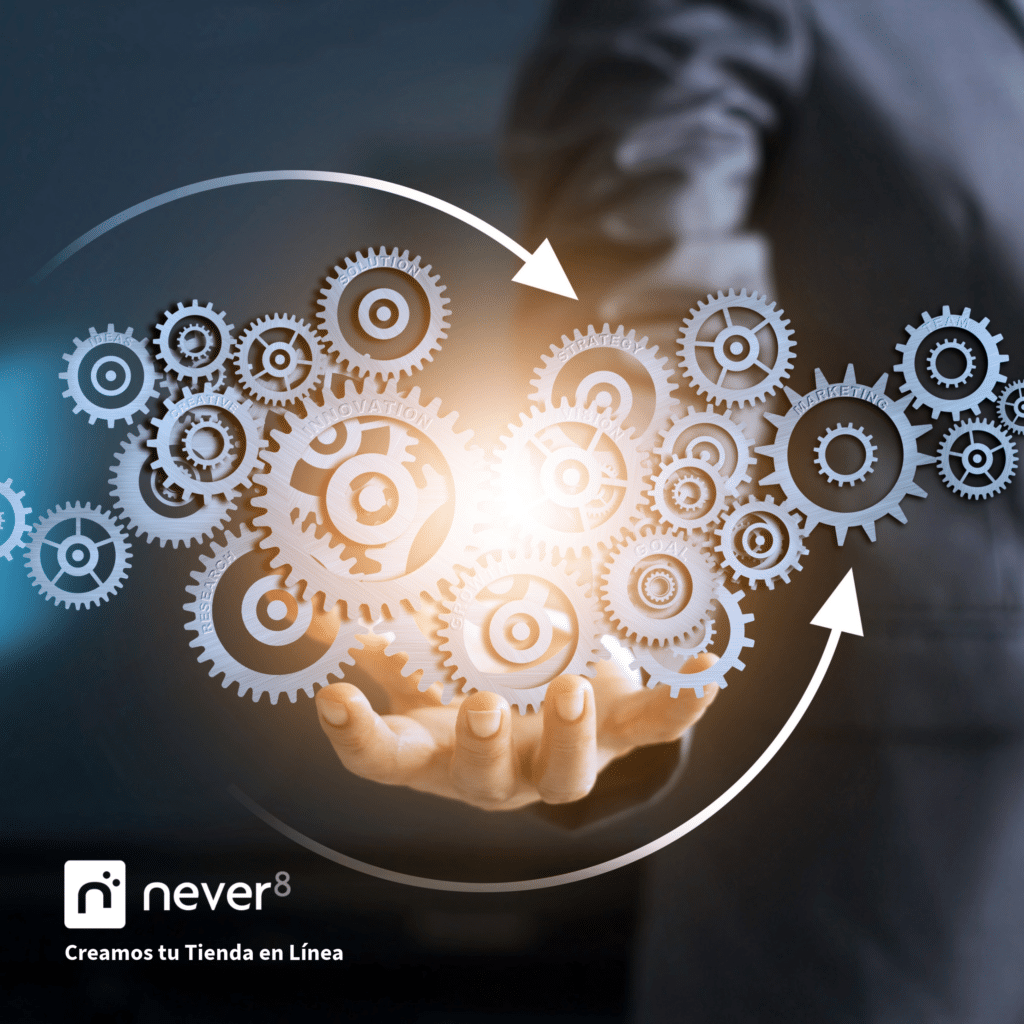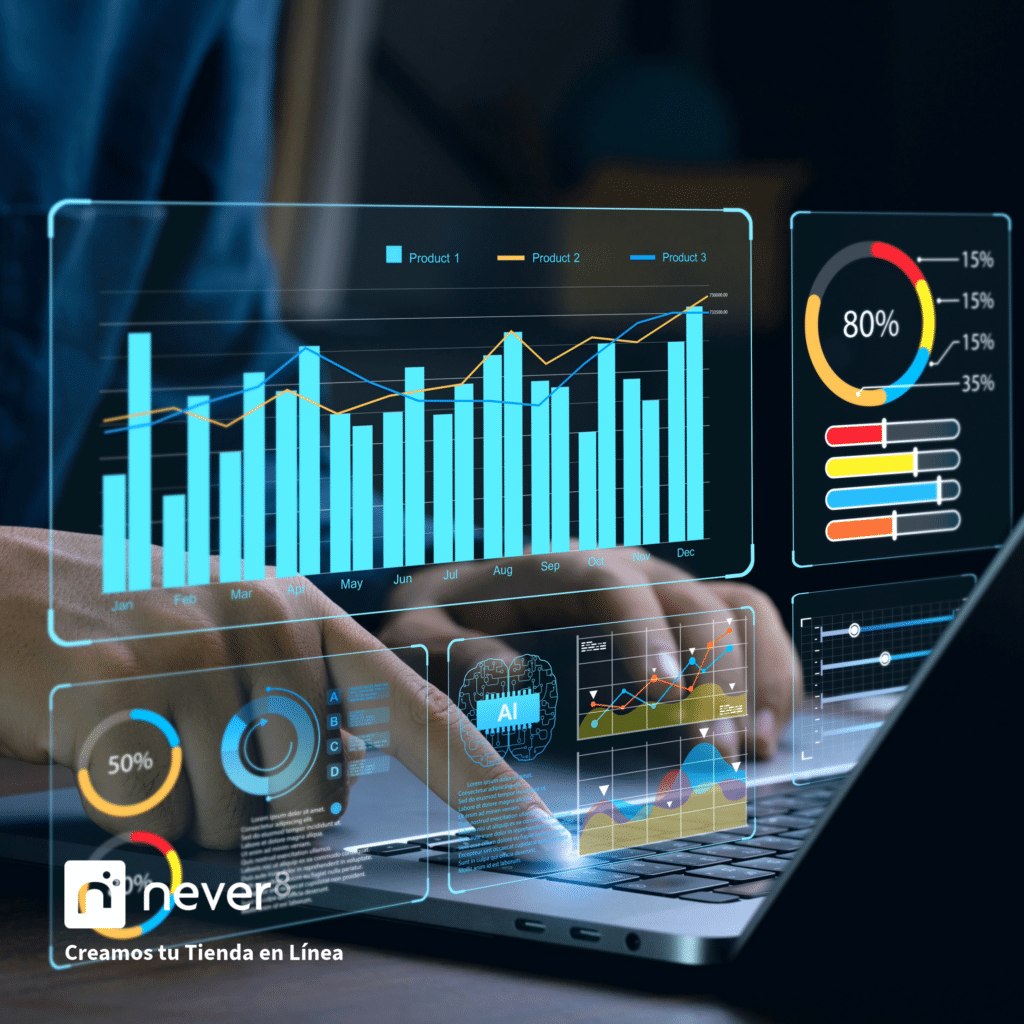Improve your ECommerce efficiency by 2025
E-commerce continues to evolve and, by 2025, e-commerce optimization will be a key driver for e-commerce value chain will be key to increasing efficiency, reducing costs and delivering a better customer experience. Implementing innovative strategies can make the difference between a growing business and a lagging one.
In this article, we will explore how to optimize each stage of the value chain, from logistics to customer service, by applying advanced technologies and strategic approaches.
What is the E-Commerce Value Chain?
The value chain in e-commerce is the set of processes that enable a company to deliver its product or service to the end customer. It includes activities such as:
- Inbound logistics - Supplier management and product warehousing.
- Operations - Internal production and business management processes.
- Outbound logistics - Methods of distribution and delivery to the customer.
- Marketing and sales - Strategies to attract and convert customers.
- After-sales service - Customer service and returns management.
Optimizing each stage of this chain is essential to improve the competitiveness and profitability of an online store.
Strategies to Optimize the E-Commerce Value Chain
Process Automation
Implementing technology to improve operational efficiency is key to e-commerce growth. Some solutions include:
- Advanced ERP and CRM - To manage inventories, orders and customers in a single platform.
- Artificial intelligence in customer service - Chatbots and virtual assistants that reduce response times.
- Warehouse automation - Robots and WMS systems that streamline inventory management.

2. Supply Chain and Logistics Optimization
To ensure fast deliveries and reduce costs, companies must:
- Using predictive analytics - Machine learning to forecast demand and avoid overstocking.
- Implement intelligent logistics solutions - Use of route optimization algorithms and automated warehousing to reduce delivery times and costs.
- Offer flexible delivery options - As "buy online, pick up in store" (BOPIS).
3. Personalization of the Customer Experience
A personalized shopping experience increases customer conversion and loyalty:
- AI recommendation systems - Platforms like Magento integrate tools to suggest products based on purchase history.
- Automated email marketing - Personalized campaigns based on user interaction.
- Augmented and virtual reality - They allow customers to visualize the products before purchasing them.

4. Omnichannel strategies
For a seamless shopping experience, companies must:
- Integrate multiple sales channels - Physical stores, marketplaces and social networks synchronized in real time.
- Update inventories and orders in real time - Avoids stock problems and improves logistics.
- Implement unified customer service - Allow conversations to continue from WhatsApp, social networks or email without interruptions.

5. Website Optimization and SEO Strategies
To increase traffic and conversions, it is fundamental:
- Optimize site speed - Use of CDN, image compression and deferred loading.
- Apply advanced SEO strategies - Use of long tail keywords and optimized content.
- Perform A/B testing - Evaluate different layouts and copy to improve conversion rates.
6. Efficient Returns and After-Sales Service Management
Returns are inevitable, but a good strategy can turn them into a competitive advantage:
- Self-service platforms for returns - Enable customers to manage returns without contacting support.
- Reverse logistics optimization - Ensure that returns are quick and efficient.
- Data analysis to reduce returns - Detect return patterns and improve product descriptions.

7. Sustainability and Social Responsibility in E-Commerce
Consumers increasingly value sustainable practices, so this is key:
- Use environmentally friendly packaging - Recyclable and biodegradable materials.
- Optimize delivery routes - Reduce carbon footprint through efficient logistics planning.
- Promoting the circular economy - Recycling and buy-back programs for used products.








